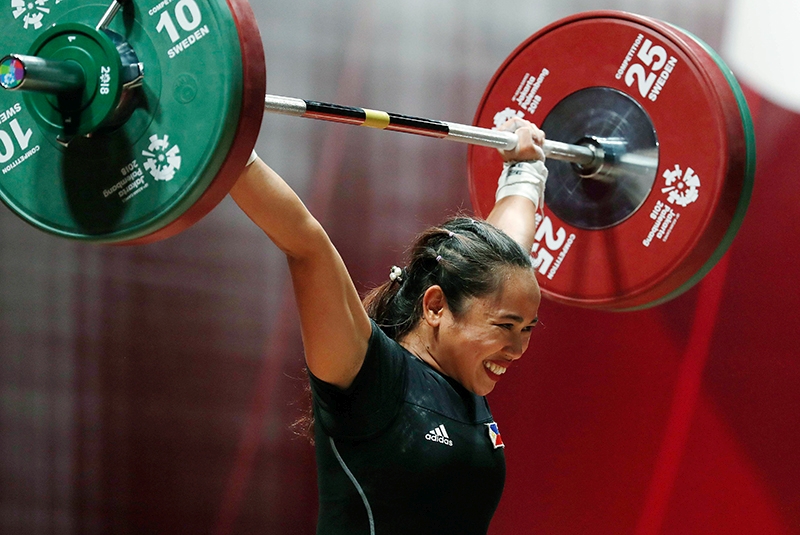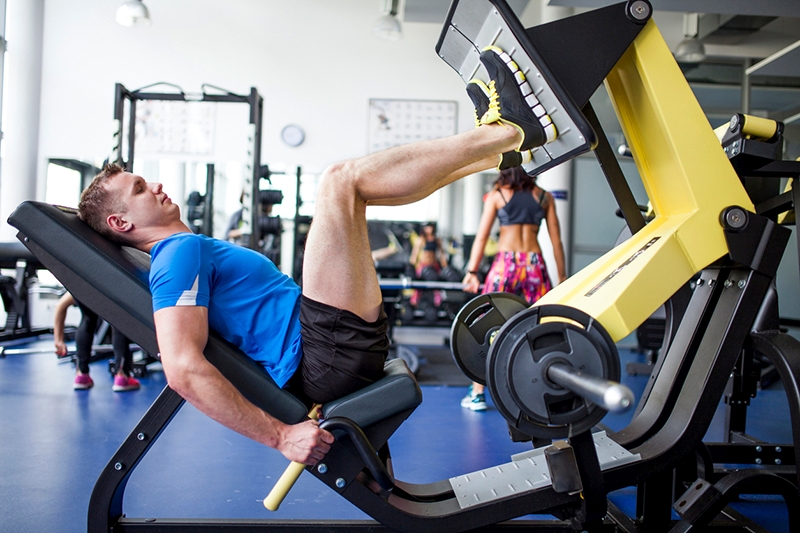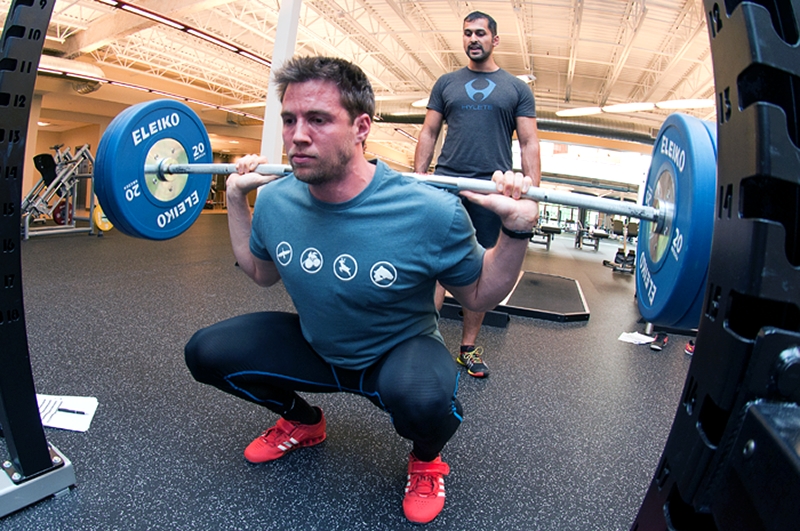You are viewing 1 of your 1 free articles. For unlimited access take a risk-free trial
Endurance and strength training: can they be combined successfully?
 As regular readers will know, there’s no doubting the importance of additional strength training for endurance performance, which is now supported by a huge body of evidence. What’s less certain however is how best to integrate your strength training into your overall programme. That’s because some researchers believe that by performing endurance training following a strength session, the body’s strength adaptations are diminished – most probably because the endurance training ‘switches off’ molecular signalling mechanisms that are responsible for muscle growth and adaptation.
As regular readers will know, there’s no doubting the importance of additional strength training for endurance performance, which is now supported by a huge body of evidence. What’s less certain however is how best to integrate your strength training into your overall programme. That’s because some researchers believe that by performing endurance training following a strength session, the body’s strength adaptations are diminished – most probably because the endurance training ‘switches off’ molecular signalling mechanisms that are responsible for muscle growth and adaptation.The so-called ‘concurrent training effect’ refers to the notion that concurrent training results in lesser adaptations and lesser improvements in performance than strength or endurance training alone. It’s because of this that many sports scientists have advised that strength training and endurance training are kept well apart – eg athletes shouldn’t endurance train on the same day following strength training. However, this can be inconvenient for athletes may need to concentrate their strength and endurance sessions, and not spread them out across the week, which may mean training every day. And now, recent research suggests that concurrent training may work perfectly well after all.
Cycling plus strength training
In one study, researchers examined the effect of 30 minutes of moderate-intensity cycling immediately after upper-body resistance training on the muscle designed to induce hypertrophy (muscle size gain) and strength gains J Sports Sci Med. 2017 Aug 8;16(3):391-395. Fourteen subjects were randomly divided into two groups:- Concurrent group – who performed 30 minutes of low-moderate intensity cycling after performing arm resistance training (3-5 sets of ten repetitions) with bilateral arm-curl exercise using 75% of the one repetition maximum (1RM) with 2-minute rest intervals.
- Control (separate) group – who performed exactly the same strength and cycling training protocols, but on separate days.
What they found
The first finding was that significant increases in muscle size from pre- to post-training were observed in both the concurrent and control groups; what was noticeable however was that the ‘separately-trained’ group experienced bigger gains in muscle size (4.9%) compared to the concurrent group (2.7%). But - when it came to strength gains (what athletes are really interested in), both groups experienced similar increases in their 1-rep maximum (19.8% separate vs. 16.8% concurrent). These results indicate that the concurrent training protocol had been just as effective as the separate protocol.Implications for athletes
The key finding from this study is that when it comes to strength gains – what endurance athletes are after – there might not be a need to separate your strength and endurance training sessions. That matters because for endurance athletes such as runners, cyclists and triathletes, not having to completely separate strength and endurance sessions makes for a much more flexible training programme. It’s true that muscle sizes gains were less in the concurrent group but that could be seen as a plus – endurance athletes are seeking strength, not increased muscle mass, which adds weight and reduces power-to-weight ratio - a key factor in endurance performance It’s worth adding however that this study is not in complete agreement with all the other research on this topic. For example, one study found that ten weeks of concurrent strength and endurance training initially resulted in similar gains in strength as when the training was conducted separatelyEur J Appl Physiol Occup Physiol, 1980. 45(2-3): p. 255-63. After around seven weeks however, the strength gains levelled off and declined in the concurrent group compared to the separate group. Overall though, we can conclude that when time is tight, the evidence suggests that there are still worthwhile gains to be had from concurrent training.PRACTICAL SUGGESTIONS FOR ATHLETES
- If time is tight, you can still get gains from strength and endurance training on the same day.
- If you do train both strength and endurance concurrently, you may prefer to endurance train first then strength train. This is because endurance training impedes strength adaptation signals, whereas strength training doesn’t impede endurance adaptation.
- Where you have the opportunity (eg during the off season when overall training volumes are lower), you’ll likely feel freshest and get the greatest gains by completely separating your strength and endurance sessions.
Newsletter Sign Up
Testimonials
Dr. Alexandra Fandetti-Robin, Back & Body Chiropractic
Elspeth Cowell MSCh DpodM SRCh HCPC reg
William Hunter, Nuffield Health
Newsletter Sign Up
Coaches Testimonials
Dr. Alexandra Fandetti-Robin, Back & Body Chiropractic
Elspeth Cowell MSCh DpodM SRCh HCPC reg
William Hunter, Nuffield Health
Keep up with latest sports science research and apply it to maximize performance
Today you have the chance to join a group of athletes, and sports coaches/trainers who all have something special in common...
They use the latest research to improve performance for themselves and their clients - both athletes and sports teams - with help from global specialists in the fields of sports science, sports medicine and sports psychology.
They do this by reading Sports Performance Bulletin, an easy-to-digest but serious-minded journal dedicated to high performance sports. SPB offers a wealth of information and insight into the latest research, in an easily-accessible and understood format, along with a wealth of practical recommendations.
*includes 3 coaching manuals
Get Inspired
All the latest techniques and approaches
Sports Performance Bulletin helps dedicated endurance athletes improve their performance. Sense-checking the latest sports science research, and sourcing evidence and case studies to support findings, Sports Performance Bulletin turns proven insights into easily digestible practical advice. Supporting athletes, coaches and professionals who wish to ensure their guidance and programmes are kept right up to date and based on credible science.













